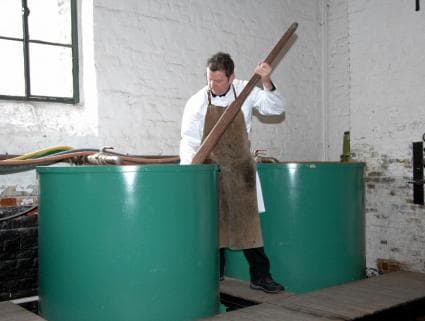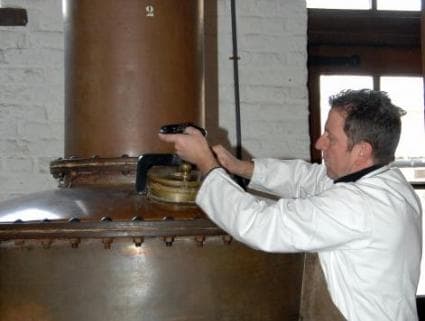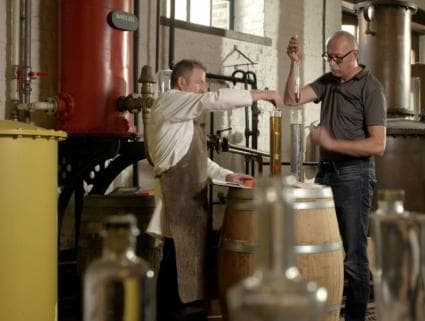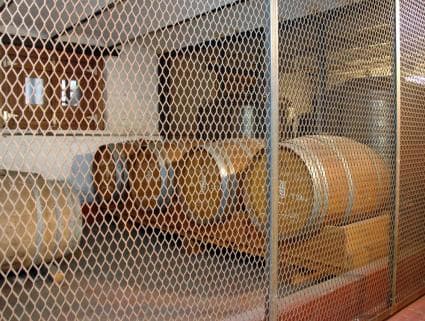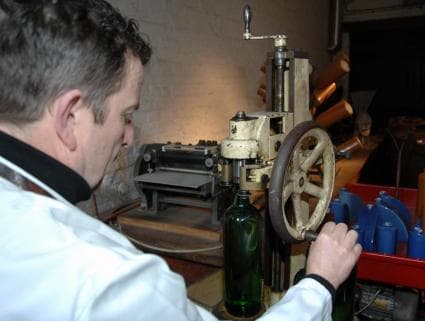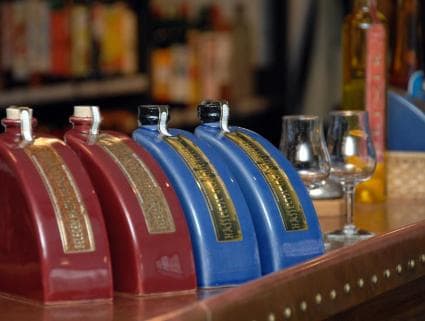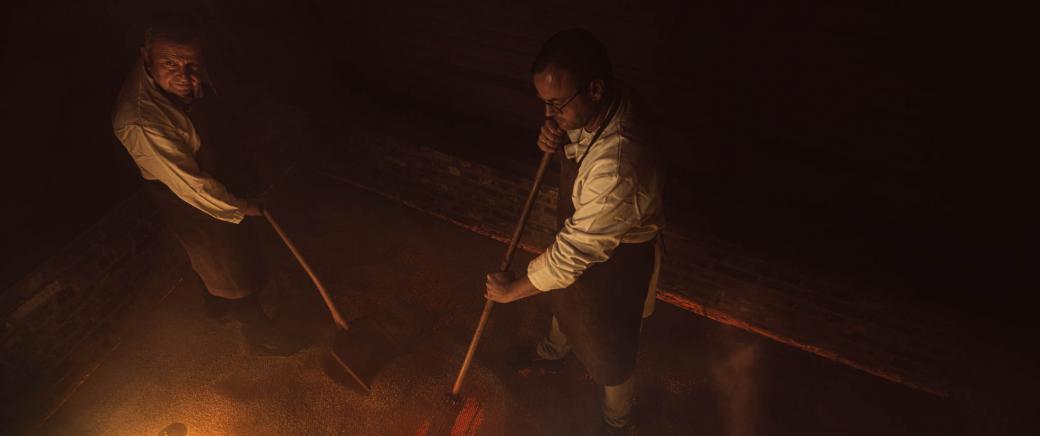
Distillation process
The jenever story is a story of living heritage, told by distillers from the past and the present who created a unique taste based on the best ingredients and excellent know-how.
Prize piece in the museum is the 19th century distillery plant from the former Servais distillery in Géromont-Malmédy. A steam engine and grain mill from the same period completed the facility. The full distillery was expertly restored and put back in service. The distillery in is fully run on steam. In it, the museum distils its museum jenever after a 19th century recipe.
How do you make jenever?
The preparation of jenever starts with the choice of raw materials. The basic rule is quite simple. All agricultural products containing sugar or starch are suitable raw materials, since yeasts convert sugar into alcohol. Starch can be converted into sugars, which can subsequently be fermented. The alcohol, spontaneously created after fermentation, is concentrated through distillation and results in a 'strong' spirit.
For example, cognac is made on the basis of grape sugar, calvados with apple sugar, kirsch on the basis of cherries. Starch from grains are used for whisky and grain jenever.
The production process of grain jenever has barely changed over the centuries. But scientific insight increases gradually and production techniques change, allowing to improve production conditions, which leads to a tasty and cheaper product with a stable quality.
The Jenevermuseum’s grain jenever as guideline
The Jenevermuseum distils a grain jenever in accordance with a 19th century recipe with three major production steps:
1. Malting process
2. Production of grain ‘eau de vie’ or malt spirit
3. Preparation of grain jenever
Here you can download a full description of de production process of jenever.



